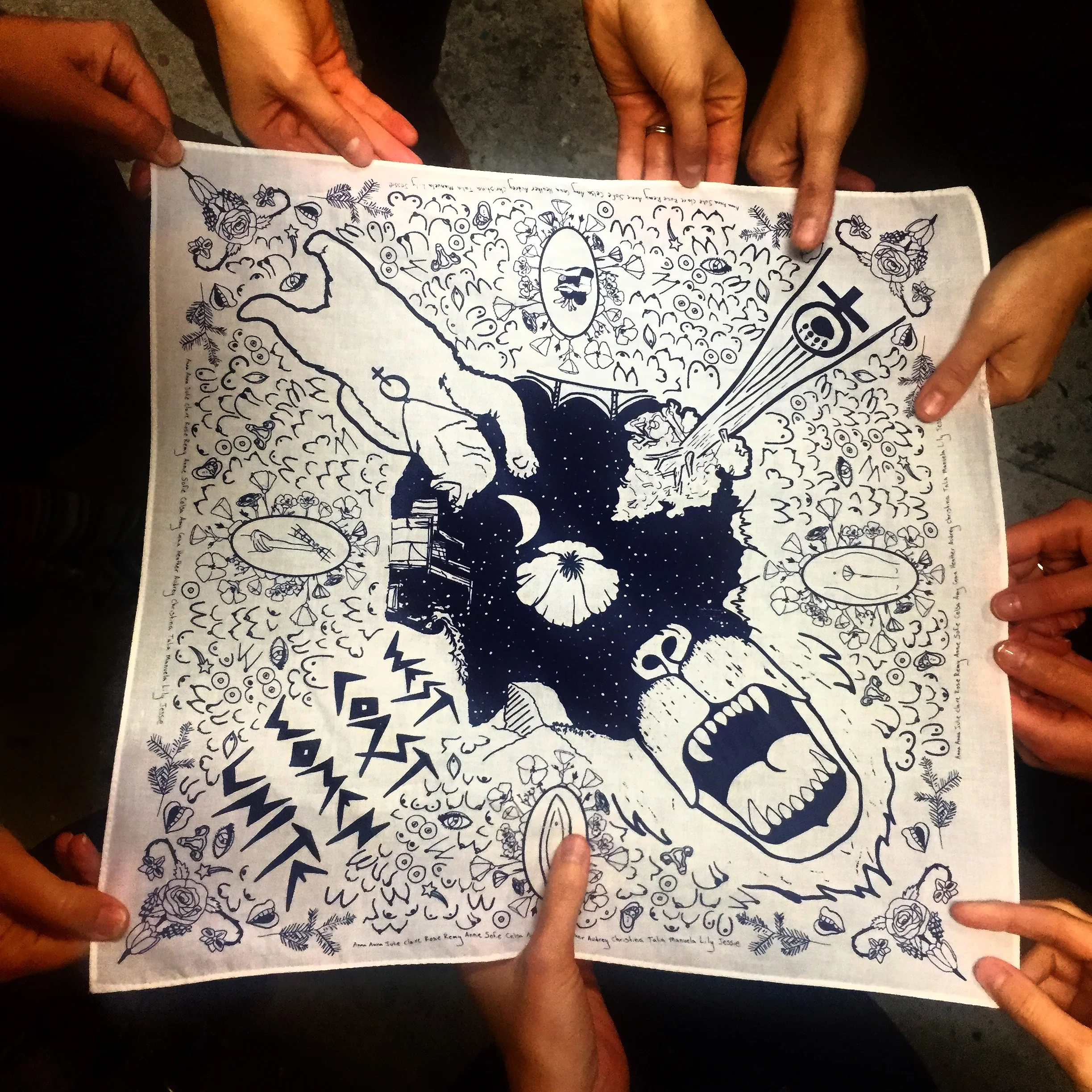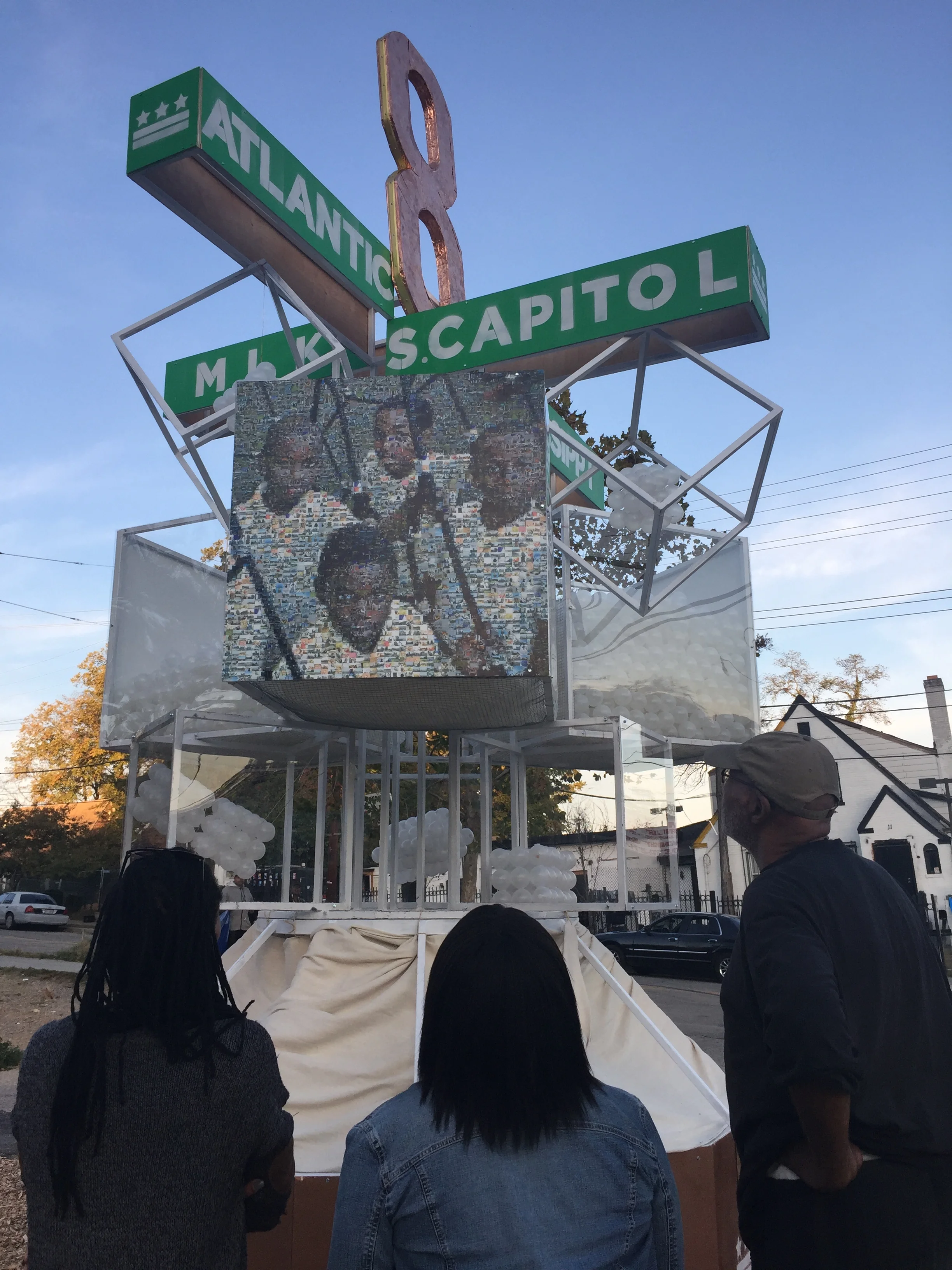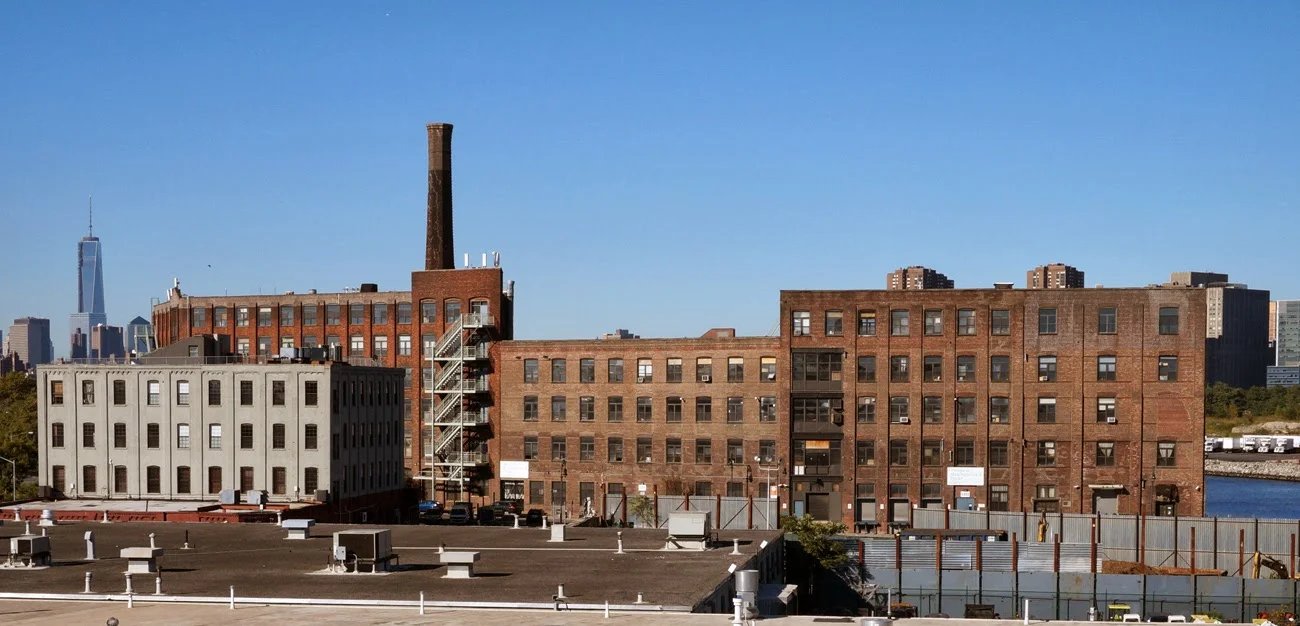Graduate Thesis: After a century of economic and planning trends that sent industry overseas and to the suburbs, manufacturing is stabilizing, if not growing, in American cities. This is good news for many urbanists eager to attract the economic benefits of industry. However, while economic arguments for urban manufacturing are mature, the spatial strategies for supporting it are scattered or nonexistent. Planning codes and urban design ideals remain set in a 20th century mindset, while today's manufacturing has changed dramatically, becoming smaller and more networked than its previous iteration. Outdated perceptions of manufacturing block progressive policy reform at the highest level.
Two thriving manufacturing centers, the Greenpoint Manufacturing and Design Center in New York and the American Industrial Center in San Francisco, provide clues for how 21st century manufacturing is spatializing in cities. These facilities are cultural beacons in their mixed-use neighborhoods and help create a framework for thinking about why urban manufacturing matters in our re-industrializing metropolises.
This thesis describes each facility in detail, drawing conclusions about their key characteristics at four spatial scales. Few urban design ideals adequately describe the industrial activity occurring in cities today. Therefore, this thesis builds a system of meaning that values history, economics, and the lived experience of cities as a way to approach urban manufacturing. The emerging lens of Creative Placemaking is invoked as a way to unify these theories, suggesting that urban manufacturing is a superlative form of Creative Placemaking. In conclusion, this thesis provides recommendations and tools for cities looking to cultivate industrial urbanism by offering lessons, developing a framework for a new type of land use classification, and outlining a research brief. The thesis ends with a call for action: as industry continues to change its character, becoming leaner and more technologically driven, cities have great competitive advantage.
Planners have a critical opportunity to bring manufacturing back into cities through sensitive, mixed-use zoning that connects people to the process of making and awakens policy professionals to manufacturing as a vital element of the contemporary creative city.
Link to full thesis here.






































